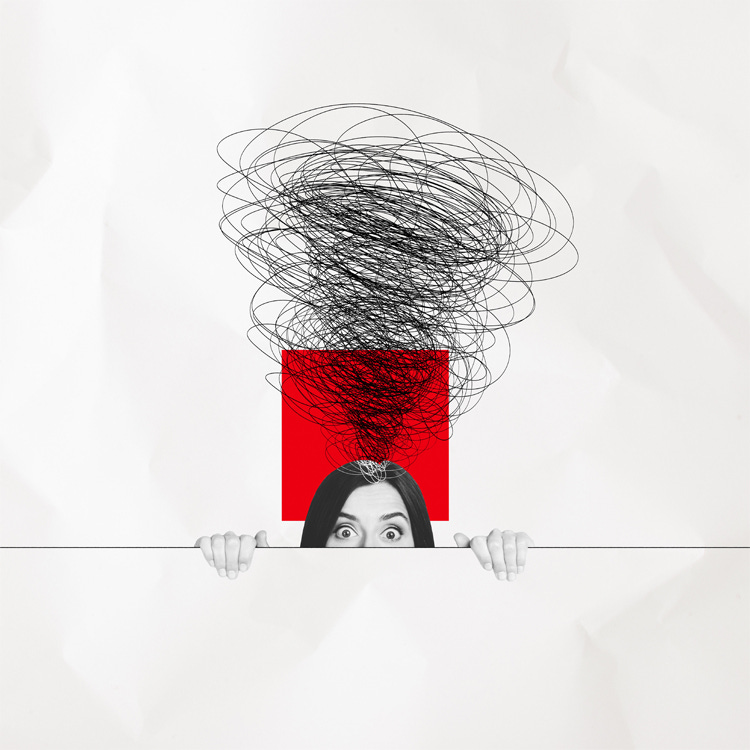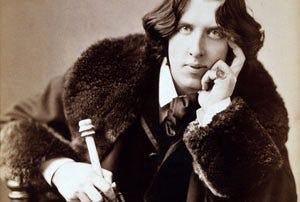✍️ The Writer’s Sketchbook
or, How to Write it, Write It, Write It
Do writers really think we’re better than painters and fine artists?
Of course, that’s an absurd statement. But I’ve touched on this idea before, albeit not using these exact words. In my Lump of Clay theory of writing, I describe the painstaking steps it takes for a potter to make a teapot. It starts with throwing down and centring a lump of clay on the wheel – the first draft, if you like, of the potter’s process. The potter doesn’t expect to throw that clay down and have a teapot land, fully formed. The potter knows there is a long way to go.
But writers for some reason do expect to nail it in the first draft. Worse, we feel like failures if it doesn’t measure up to the masters’ final drafts lining our bookshelves.
Last December, long-time reader (and accomplished writer and educator) Mark DeLong reached out to me with another analogy – and I’m glad he did. He was writing a review of Ingrained: The Making of a Craftsman by Callum Robinson, which you can read here. Mark mentioned one passage that caught his eye:
“What we are trying to find is the table this chair was meant to sit beside. The desk to which it yearns to sidle. And to evoke, if we can, something authentic of nature's elegant forms. To do this, fumbling and frustrating as it is, we are sketching. Not simply because the "ingredients are cheap and disposable and don't intimidate," as A. A. Gill once noted, but because you can't just conjure a new design out of thin air (at least I can't). Instead, you have to spot it. And the best way to do that, is to draw it.
“And draw it.
“And draw it.”
- Callum Robinson
The Advantages of Drawing It Writing It First
The implication of Callum Robinson’s statement is clear: in order to draw something magnificent, you first need to draw something that approximates magnificence. Once you have the first drawing, you hone it and tweak it and keep on drawing it until you spot the design you were looking for.
I think we can all envision that, can’t we? Erasing a line here, smudging a mark there to give the life to what is essentially two-dimensional pencil strokes.
From there, it’s an easy jump to see what we do – and what we can do – to improve our writing without feeling like first-draft failures.
Just like the fine artist sketching a scene first and then playing with it, just like a potter throwing a lump of clay on the wheel and then moulding it, we can get words down on a page and then do what all writers do: rewrite.
It sounds simple enough. I’ll bet you’re sitting there reading this thinking, “Yeah, that makes sense!” But the moment we sit down, all logic and reason flies from us, and once again we’re expecting to write pure gold right out of the gate. I’m not quite sure what this disconnect is or why it happens (beyond the fact that it is clearly psychological). This still happens to me, even though I write every day.
The lucky thing is that there is plenty we can do to overcome our (irrational) need to (impossibly) get it right the first time. The luckier thing is that these are all things we’ve talked about before…
Write! Write! Write! (How Do You Like It? How Do You Like It?)
You might call it tricking our brains, which (for whatever reason) is constantly tripping us up. Helmet fires and other bouts of self-doubt mean we are forever getting in our own way!
Here are some refreshers (or new information, if you’re new to these parts) on how to just write, write, write.
Zero Draft writing. Does the idea of a first draft make you want to do “serious” writing? Then do a Zero Draft first, which allows you to play and put down words without consequence.
Find Your Why. This isn’t, “Why do you write?” This is, “Why do you want to write this particular piece – and why will people want (need!) to read it?”
Carve out writing time for yourself. This could be NaNoWriMo. This could be a writing retreat, like the one I’m going on this weekend. Or, it could be your own personal writing vacation/staycation.
Just EFFing write it! A more detailed approach to help you put one word after another.
Start writing wherever, not necessarily the beginning. If you have an idea for a scene that will appear later in the piece, write it now! It may spark something for scenes before and after. At the very least, it gets you writing right now.
Worry about the writing flow, not the words themselves. If you concentrate on having fun and getting the creative juices going, you’ll get down more words – and likely better words – than putting pressure on yourself to produce only “good” words.
Instead of total writing freedom, give yourself writing constraints. It may be counter-intuitive, but if you set fixed limitations on your writing such as not using the word “and” or not using the letter “i", you get so wrapped up that you forget to get nervous about writing!
This is not an exhaustive list, but it will certainly get you started. The main thing is, get your ideas down on paper much like an artist will sketch an initial image. Then, write it, write it, and write it again. Take different angles, if the mood strikes you, or different character viewpoints or a different style. Sketch freely! Eventually, you’ll spot the design just like Callum Robinson said.
Key Takeaways: Artists sketch, then draw, draw, draw. Potters throw a lump of clay and mould it into teapots. Writers get words down on a page and rewrite them until they’re done. Except that for some reason, writers want to write the last draft at their first sitting. Realizing it takes time and finding ways to trick the mind into writing can help you kickstart the process of starting – and finishing – a writing project.
Over to You: What Are You Sketching?
Does the idea of “sketching” a piece before writing it appeal to you? Does it help get you over that hurdle of “I’m writing only good stuff now”? Do you have any types for tricking the brain or tempting the muse? Let us know in the comments below!
In the meantime, I’ll leave you with a video of the 70s song, More, More, More to (maybe) help you write, write, write. If you listen closely, you hear the sampled hook from Len’s Steal My Sunshine.
Until next time... keep writing with wild abandon!
~Graham
PS - Just heard on Monday that Tom Robbins died. He was one of those writers big on the underground travellers’ circuit, among other cult circles. Probably his most famous novel at this point was Even Cowgirls Get the Blues as it was made into a movie with Uma Thurman. He influenced my writing, opening up possibilities of what a novel could do.
email me if you get lost.







You mean I can’t open a blank document and find a beautifully constructed tea pot? Great analogy. It is so true. The leeway we give to other artists we refuse to give ourselves.